Photo by Carol Coletta
It’s hard to improve on Memphis’s most singular photo op and the lure of its first great place: the riverfront.
But Beale Street Landing does just that.
Its six acres provide a sense of arrival for the riverfront, it offers new views of the river, and best of all, it fulfills the 60 year dream of having a restaurant where we can eat and drink while sitting on the banks of the Mississippi River.
To that end, if you’ve not taken the chance to visit the Riverfront Bar and Grill, you’re missing out. The food is good, the service is personable, and there’s nothing like the vistas, particularly at twilight.
Room With A View
There is absolutely no photo op in Memphis that rivals the nightly sunset displays over the river. The photo at the top of this post is taken from the Riverfront Bar and Grill, which is our new favorite place for a drink after work.
Considering the difficulty encountered by the Riverfront Development Corporation in getting the restaurant up and running, we were prepared for prosaic food and a similar dining experience. We were surprised and pleased. Smartly, the menu is limited, and everything on it is very good.
Photo By Carol Coletta
Up close and personal, Beale Street Landing is as special as we had hoped that it would be.
Walking into BSL from Union Avenue, the flower beds and plantings around the two great trees are an impressive entry. The pods are well-executed, particularly the one by Memphis landscape architects Ritchie Smith and Lissa Thompson that features indigenous plants like a mini-Lurie Garden from Millennium Park. The other one is downtown’s most special playground, complete with giant catfish, a stone slide, and small spray ground.
Photo By Paul Morris
Aiming for Places, Not Projects
Of course, the ultimate lures are the views from the top of Beale Street Landing and the chance to walk down the corkscrew to the water’s edge. Unfortunately, the circular stroll to the water is closed off except for riders of the riverboats, and hopefully, that will change (unless there’s a public lawyer doing what they do best – raising phantom issues of liability that often limit public enjoyment of public amenities). It’s getting to the water that is the ultimate payoff for the visitor.
The best way to get to the top is to walk up the grassy roof of Beale Street Landing. It’s enjoyable to have a pleasant hilltop to climb for a superior view of the river.
All in all, Beale Street Landing gives the Riverfront Development Corporation a second chance to introduce itself to this community, and if it can shift from seeing its role as project-building to placemaking, it might just succeed.
For example, it should move expeditiously to restore the 150-year-old Great Memphis Landing known for its cobblestones and to activate it as a site for temporary sculpture exhibits, street fairs, markets, and anything else that brings street life to the edge. Along the way, it can find some innovative, interactive ways to use the restoration to shine a light into the early history of Memphis.
150 Years in the Making
Memphis was only 40 years old when the project began to pave the landing. The $83,333 contract (the equivalent of $2.4 million today) for the cobblestones was approved in 1859 and called for “paving the wharf with limestone or granite, of not less than four nor more than eight inches in surface, to be laid on gravel not less than five nor more than eight inches in depth; the width of the pavement to be 100 feet, the length 3300,” according to a fascinating history of Memphis landings commissioned by City of Memphis in 1996 and found on the website of Friends for our Riverfront.
The paving of the landing was one of the most large-scale public works projects during the antebellum era, according to the history. “It is a popular misconception that the stone materials employed in the paving of the Great Memphis Landing originated as ship ballast, deposited in New Orleans by English or Irish sailing ships delivering baled cotton back to Liverpool. Such stories are common in riverside and coastal towns, but in Memphis is it clearly no more than a charming myth.”
The low bid for the project was submitted by stone paving contractor John Loudon of Cincinnati and work continued contemporaneously with the Civil War. The limestone used on the Memphis landing was likely quarried on the lower reaches of the Ohio River in Hardin County, Illinois, near the tiny port town of Cave-In-Rock.
We suspect that we are not alone in finding the early history of the city captivating – and it all began on the riverfront. To this end, there are ways for the RDC to use improvements to the riverfront as opportunities to shed some light on the character of this city, which owes a great part of it to its riverfront culture and history.
Wanted: More Active Riverfront
We are convinced that the riverfront needs more people, more activity, and more vibrancy to be all that it can be. Hopefully, Beale Street Landing is the beginning, not the end, to a riverfront that compares to great waterfronts around the world. Ultimately, to achieve that, it will require that the existing garages are demolished and new ones built, providing retail space facing Riverside Drive.
Back to placemaking: with Beale Street Landing, the RDC gets the opportunity to redefine itself by becoming a leader in an area where Memphis has regularly failed – with an emphasis on programming and connectivity. Too often, a project is built, but there’s no plan to program them so there are activities and events that activate it.
A degree in planning isn’t required when you visit a city that “works” to figure out quickly the secret to their success. They don’t have isolated islands of activity or disconnected attractions and public realm. They link them together in a way that moves people from one unexpected surprise to another – particularly in walkable cities.
This was one of the reasons that the decision to build a parking lot south of Beale Street Landing was so dismaying. Rather than Beale Street Landing acting as a connector, it separated the Landing from Tom Lee Park and destroyed what could have been a seamless experience. Hopefully, there will be a time when the park is sewn back together again and the parking lot is a distant memory.
Landing a Hub for Activity
When the RDC took over the operations of Mud Island, it tried a number of ideas that including the rental of kayaks, paddle boats, bikes, and more. Perhaps, it could bring all of these ideas to the mainland, where they would have a better opportunity to bring more activity to the riverfront and downtown.
We know that the RDC is anxious to hear any suggestions for making Beale Street Landing even better. We have a few modest ones (in addition to providing some rental concessions and allowing visitors to go down the corkscrew to the water.
In addition, we hope the RDC will seek a higher standard than the ones used by typical public attractions. For example, we hope it will remove the vinyl signs for riverboats and the restaurant because they are jarring to the uncluttered entry to the building and that it removes most of the portable barriers that are serving as visual barriers to the open feel of the Landing. We also hope that in time that there will be more plantings and less concrete in the front of Beale Street Landing. It’s made especially stark as a result of the appealing landscaping that is part of the project.
As good as Beale Street Landing is, there is more to come. In the future, there will be the water taxi connecting it to other key points in the harbor and there will be a striking 52-foot tall public art sculpture designed by artist Evan Lewis that will serve as a gateway pavilion for Beale Street Landing. We hope that future plans also include a website for Beale Street Landing that markets it in the way that it deserves.
Good Business
It’s a really special day when the American Queen docks at Beale Street Landing. It’s a long way from the days when we were embarrassed when the grand riverboat was tied to a tree. But, the best news of all is that the American Steamboat Company, which was loaned $9 million from City of Memphis to locate its headquarters in Memphis, is filling up its cruises up and down the Mississippi River and its tributaries.
The company is paying back the loan over 10 years with an $89 docking fee for each passenger (it will become $15 after the loan is paid off). Best of all, Memphis gets docking fees even when the American Queen cruise doesn’t come to our riverfront. Criticisms are quick to shower down on City of Memphis with almost any decision, but its controversial decision to make the loan to American Steamboat Company is paying dividends (not that anyone in City Hall should ever expect a thank you note from the public).

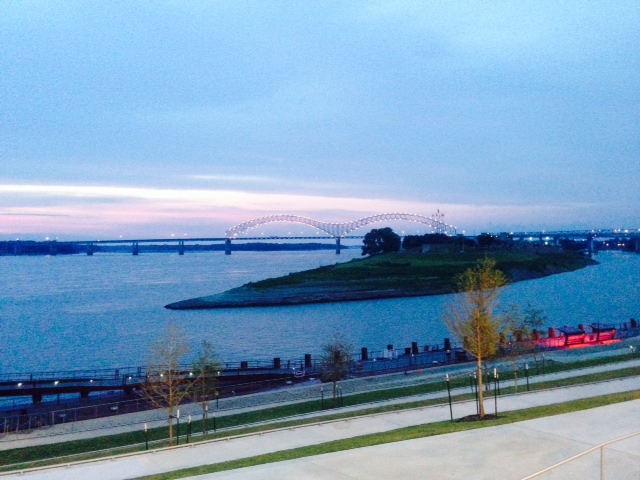
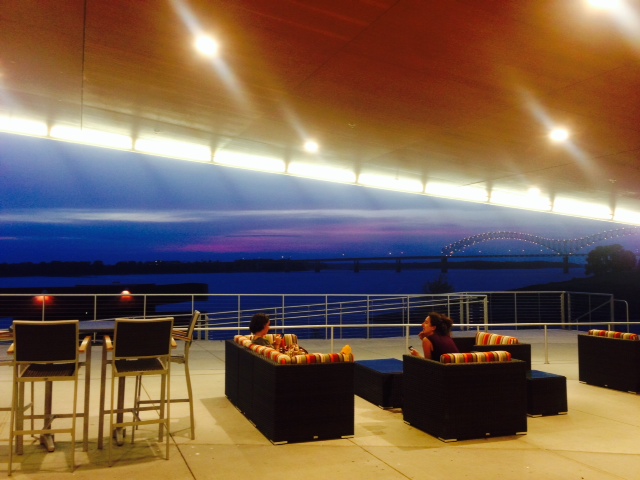
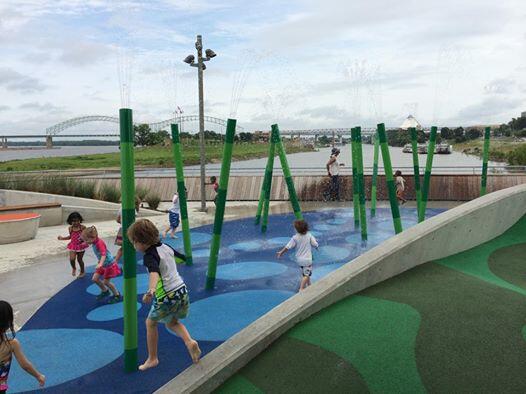
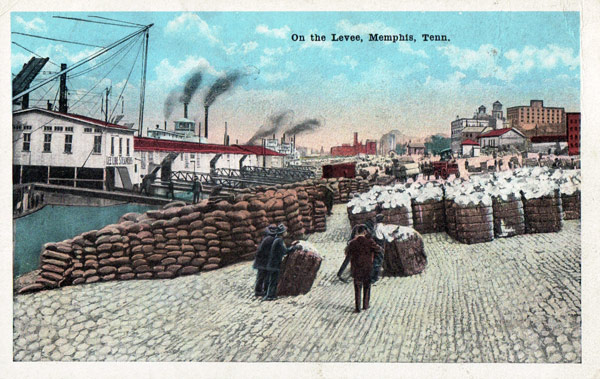
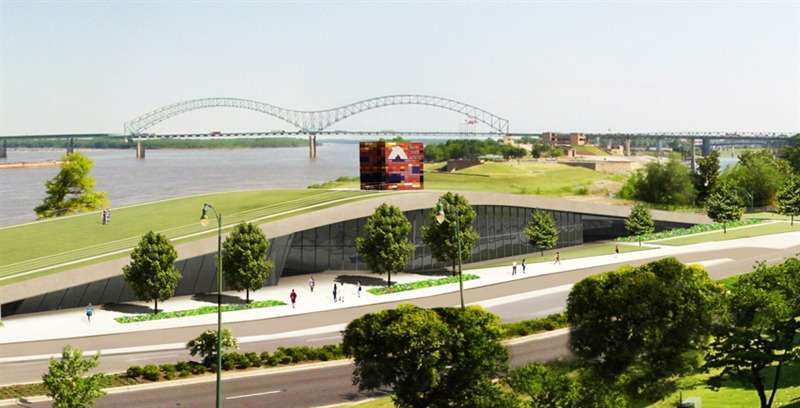
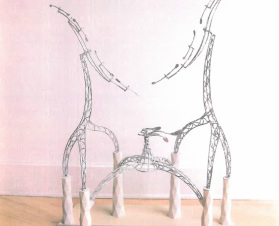
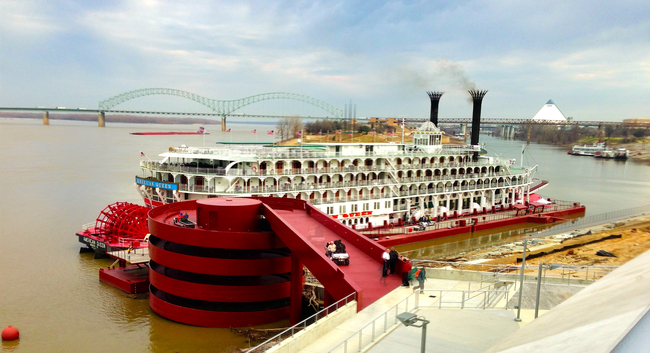


Who made those first two photos at the top of the story? Nice photos.
Thanks. The professional photographer is now noted.
You two are silly 🙂
Love it Carol!! Yeah SCM, give her her credit!
The third photo is mine taken the day the playground opened. Copyright Paul Morris 2014. My boy loves the playground, and where else in Memphis can you take your kids to a playground with such a view and a restaurant that serves adult beverages. Makes watching your kids play on the playground a lot more enjoyable.
I am glad everyone is proud of their photographic skills. I will credit Paul later today and his photo is really popular in Google images.
Thanks Tom. Yes, I posted it on my Facebook page on the day the playground opened, then Downtown Memphis Commission posted it on our Facebook page from which Mayor Wharton posted it on his page, and then it went viral. Interesting to watch how a photo can spread so quickly and far on the Internet.
Did I read this correctly? Are you actually suggesting that the parking garage on the Promenade ought to be torn down and replaced with another parking garage?
Absolutely. The present garages are nothing short of eyesores that mar the riverfront. We think they should be rebuilt underground with the top floor at the same elevation as the street. There could be green space on the top or art installations or artists markets or anything to add activity to the riverfront. Meanwhile, facing the river, there could be limited retail space to bring more activity to the edge.
The old garages are ugly and need to go; nobody would disagree with that.
But the real truth is that the RDC built a restaurant and events facility but forgot that they needed parking (and gas!), and now they’re stuck operating it. So we the taxpayers should build a nice parking garage for them. Can’t do it in Tom Lee (MIM has too much political clout), so why don’t we just put it in the historic Public Promenade. To disguise it, we’ll dress it up as “retail” and “artsy”
Which is exactly the kind of thinking that got us those ugly garages in the first place.
The truth hurts, I know. But until Memphis starts facing its truths and learning from its mistakes, nothing will change. Rinse, repeat.
We learn from our mistakes by activating the riverfront with new garages replacing the antiquated, ugly ones that exist now and then adding retail facing Riverside Drive to provide more options for visitors and residents. We don’t learn from our mistakes by focusing on keeping riverside as a stage set that never changes and remains a largely lethargic riverfront.
No one is talking about building a garage for Beale Street Landing. We have no idea what you’re talking about. There are already parking garages on the promenade so that precedent already exists. More aesthetically pleasing structures with more opportunities for activities – markets, art events, etc. – could be built to draw people to the promenade, something denied today by the presence of the brutal garage structures that gobble up such precious public land.
As for parking at Beale Street Landing, we’ve opposed to the present parking lot and innovative options for parking should have been explored. The notion that Memphians can’t walk a block to a facility or event only perpetuates asphalts of parking lots and it’s why we have too many parking lots and parking spaces downtown now.
There are recent court decisions that suggest that if challenged, the Promenade easement would be overturned. It’s a good time for all sides to quit drawing lines in the sand and work together to have a productive discussion about the future of the riverfront and to develop the compromises that can identify uses that bring more activity and vibrancy to the riverfront. Memphis does have the opportunity to have a riverfront that competes with some of the great ones in the U.S.
“But the real truth is that the RDC built a restaurant and events facility but forgot that they needed parking (and gas!), and now they’re stuck operating it”.
I’m sorry, but that statement is ridiculous in the extreme and lacks any real substance. Similar to so many of the sensational hearsay/sound bites that do a great disservice to honest discussions about important issues. Let’s have this discussion, but please- PLEASE- do not substitute personal opinions and misconceptions for hard facts.